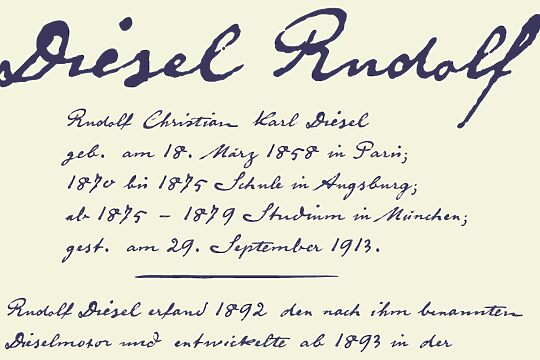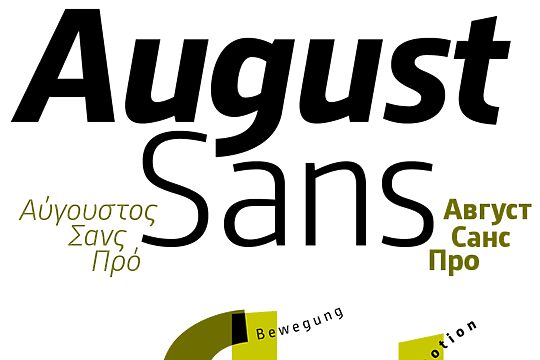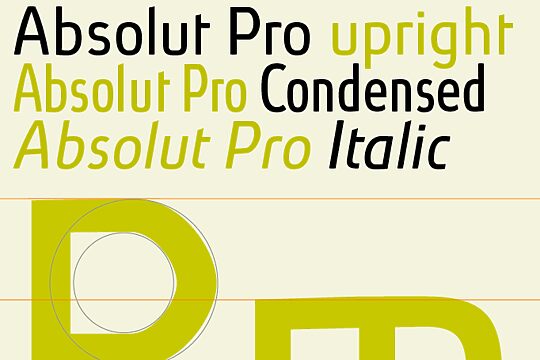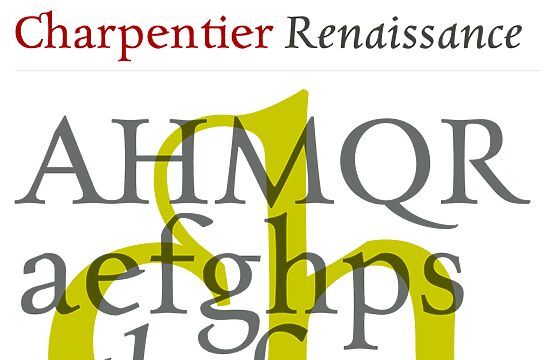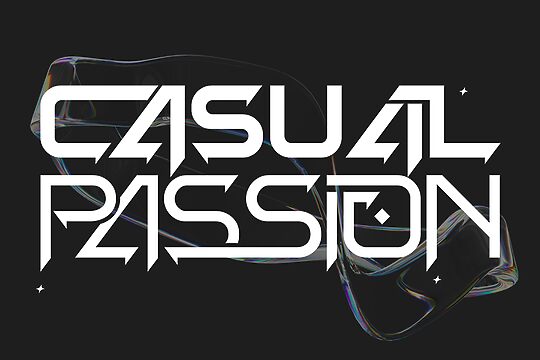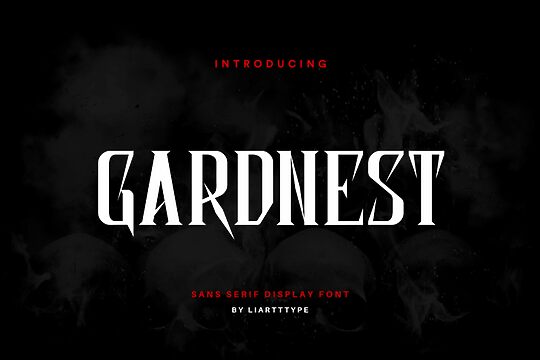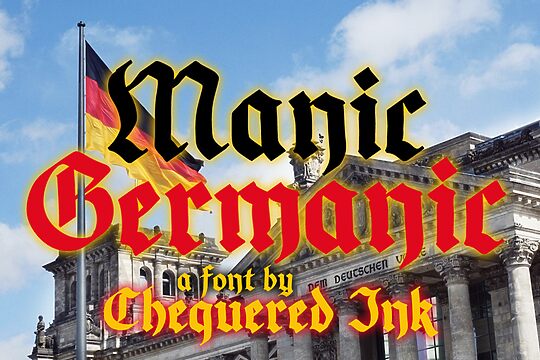
Font
Behrens Schrift
Author
Fonts
3
License
Downloads
2
Added
May 9, 2023
Description
Behrens-Schrift font family is a 3-font collection available from the foundry name by ingoFont releases. It is inspired by Peter Behrens, a German architect, and designer, who studied at and then taught at the Dusseldorf Art Academy. Behrens went on to join important design movements, but about a century ago designed this Blackletter old-style typeface at the peak of his career in 1902. Behrens-Schrift can be downloaded in 3 font styles: regular, bold, and alternate. The visual style is inspired by unique Roman-style brochures, classic letter capitals, sketches, and his decorative works.
For all your different projects, Behrens-Schrift is a versatile free font that can decorate headlines, posters, websites, social media branding, advertising, packaging, publications, books, logos, editorials, quotes, greeting cards, and so much more.
Free for personal use. Purchase an official license for commercial applications.
For all your different projects, Behrens-Schrift is a versatile free font that can decorate headlines, posters, websites, social media branding, advertising, packaging, publications, books, logos, editorials, quotes, greeting cards, and so much more.
Free for personal use. Purchase an official license for commercial applications.
Author's note
Peter Behrens' renowned art nouveau type from 1902 with ornaments. Newly revised and neatly digitalized.
In 1902, Peter Behrens (1869-1940), architect, designer, and typographer, created a new German type which became very successful very quickly for the Rudhardsche Gieerei (foundry which later became Gebr. Klingspor AG) in Offenbach am Main. It served, for example, as the official German type for the world expositions in 1904 and 1910.
Behrens himself writes about the development of this type: "For the actual form of my type, I took the technical principle of the Gothic script, the stroke of the quill feather. The proportions of height and width and the boldness of the strokes of the Gothic letters were also decisive for me in producing a German character. A cohesive character could be hoped for by avoiding all non-necessities and by strictly carrying out the design principle of holding the quill at an angle."
Behrens' Typeface is still sought after, as is proven, at the very least, by a few poorly digitalized free fonts which can be found on the WWW.
A project about the modern use of historical industrial buildings in Germany motivated me to take a closer look at the work of Peter Behrens. With the type of Peter Behrens, the ideal display type exists; unfortunately, it can only be found in an absolutely unacceptable quality.
Even D. Stempel GmbH, which still today casts the types of the former Gebr. Klingspor AG (formerly Rudhardsche Gieerei) for manual typesetting, shows in a digitalized specimen sheet of typefaces a neat version of the Behrens Typeface, but still not one which meets today's quality standards. Reason enough for ingoFonts to create the perfect Behrens Typeface.
Here it is: the new, revised, original Behrens Typeface from 1902, first newly and neatly drawn and digitalized in detail, and then expanded for all European languages with the Latin font system.
In 1902, Peter Behrens (1869-1940), architect, designer, and typographer, created a new German type which became very successful very quickly for the Rudhardsche Gieerei (foundry which later became Gebr. Klingspor AG) in Offenbach am Main. It served, for example, as the official German type for the world expositions in 1904 and 1910.
Behrens himself writes about the development of this type: "For the actual form of my type, I took the technical principle of the Gothic script, the stroke of the quill feather. The proportions of height and width and the boldness of the strokes of the Gothic letters were also decisive for me in producing a German character. A cohesive character could be hoped for by avoiding all non-necessities and by strictly carrying out the design principle of holding the quill at an angle."
Behrens' Typeface is still sought after, as is proven, at the very least, by a few poorly digitalized free fonts which can be found on the WWW.
A project about the modern use of historical industrial buildings in Germany motivated me to take a closer look at the work of Peter Behrens. With the type of Peter Behrens, the ideal display type exists; unfortunately, it can only be found in an absolutely unacceptable quality.
Even D. Stempel GmbH, which still today casts the types of the former Gebr. Klingspor AG (formerly Rudhardsche Gieerei) for manual typesetting, shows in a digitalized specimen sheet of typefaces a neat version of the Behrens Typeface, but still not one which meets today's quality standards. Reason enough for ingoFonts to create the perfect Behrens Typeface.
Here it is: the new, revised, original Behrens Typeface from 1902, first newly and neatly drawn and digitalized in detail, and then expanded for all European languages with the Latin font system.
